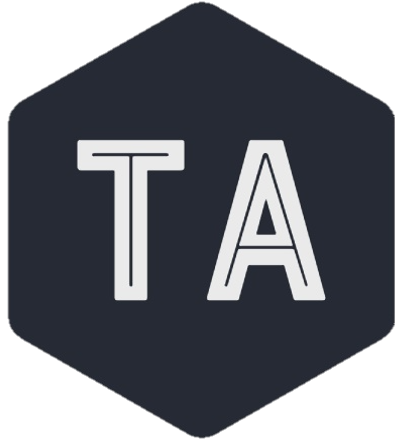Microsoft Edge is not supported.
Access the project using Google Chrome for optimal viewing experience.
Overview
This project is a scenario-based training for front-line customer service representatives. The goal is to help staff improve outcomes when working with upset customers via phone and email and is suitable for new and tenured customer service representatives.
Responsibilities: Instructional Design, Visual Design, Motion Graphics, E-Learning Development
Tools Used: MindMeister, Adobe Illustrator, Camtasia, Articulate Storyline
Process
During the preliminary project kickoff meeting, I collaborated with the department manager to gather contextual data pertaining to our learners, including but not limited to the size and composition of the department, technological resources available, learner objectives, departmental hierarchy, and preexisting training materials. Furthermore, after careful consideration, we ascertained that an Agile methodology would be most suitable given the department's stringent time constraints.
ACTION MAP
In collaboration with subject matter experts (SMEs), I developed an action map to guide our instructional design process. This involved defining the business or performance goal and identifying specific behaviors aligned with that goal. We also determined the essential information needed for those behaviors and created supporting practice activities.
In order to establish a framework for evaluating the training, we reviewed existing qualitative and quantitative performance metrics within the department. This provided a baseline for post-training assessments, allowing us to measure the effectiveness of the instructional intervention. By utilizing these metrics, we could make data-informed adjustments to enhance the training and ensure its alignment with desired outcomes.
SCRIPT
Next, I worked with the project SME's on crafting a text-based storyboard and script that focused on common scenarios frequently encountered by customer service representatives. This storyboard served as a blueprint for the instructional content, ensuring its coherence and effectiveness.
To optimize learner engagement and comprehension, we followed instructional design best practices, specifically drawing upon Mayer's Principles of Multimedia Learning. By keeping the language conversational and the characters relatable, we created an immersive and relatable learning experience. This approach fostered a connection between the learners and the instructional content, enhancing their engagement and motivation to actively participate in the training.
PROTOTYPE & DEVELOPMENT
To expedite the prototyping phase and deliver a functional product promptly, we embraced an Agile approach that emphasized speed and flexibility. Rather than adhering to traditional storyboarding methods, we adopted the Successive Approximation Model (SAM), which facilitated rapid iterations and continuous improvement.
Collaborating closely with stakeholders, we generated a visual design style guide and informal design sketches that captured the essence of the instructional concept. The style guides and sketches were swiftly transformed into a working prototype, providing stakeholders with a tangible and interactive representation of the envisioned product that could be subsequently refined. By actively involving stakeholders in this process, we gathered valuable feedback that drove the refinement process.
This agile and iterative approach enabled us to accelerate prototyping, testing, and refinement cycles, resulting in a finely crafted product that closely aligned with stakeholder expectations. By deviating from formal storyboarding in favor of the SAM model, we fostered effective collaboration, ensuring a highly polished and user-centric final deliverable.
